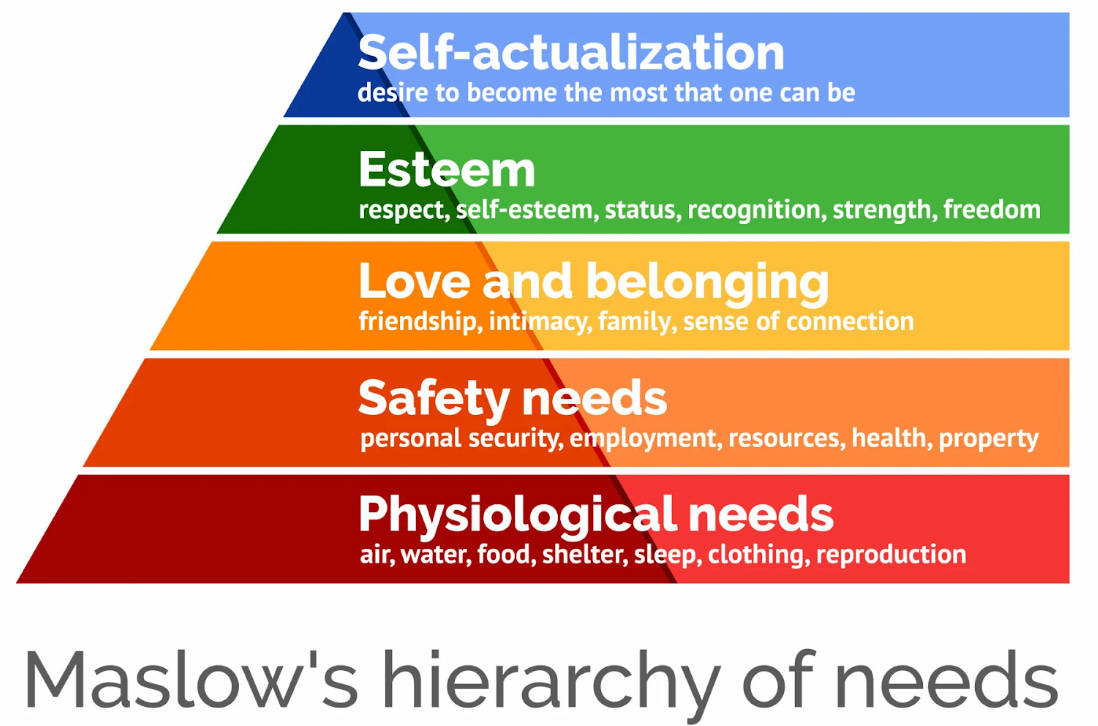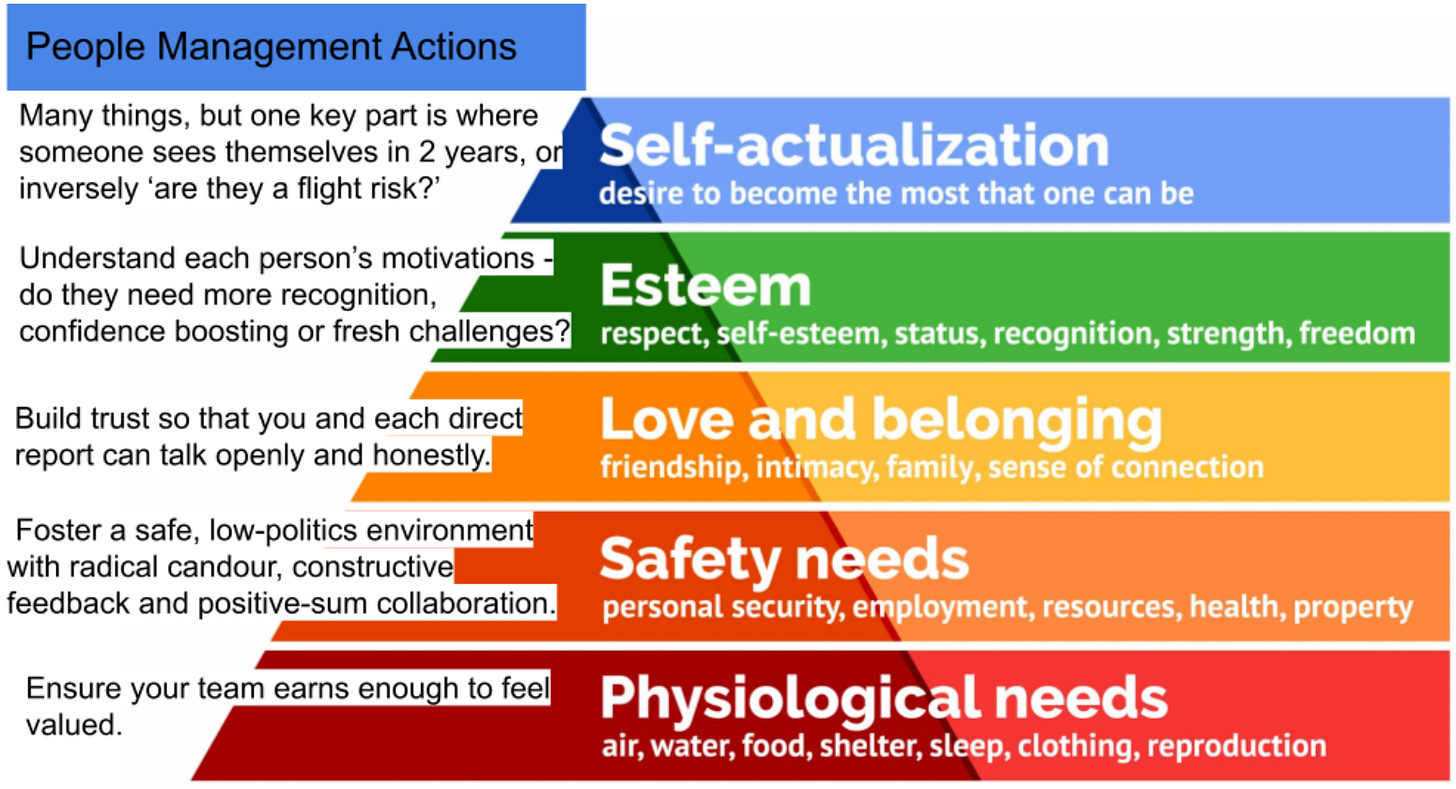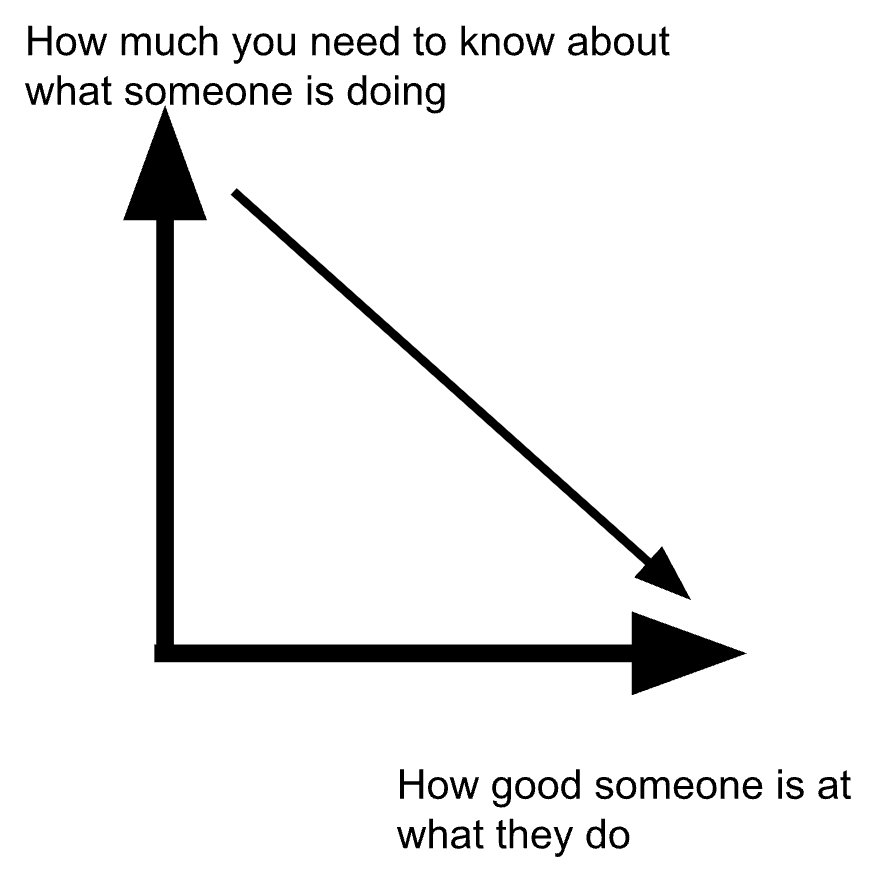Summary
As a new manager, I overlooked one crucial thing: checking if my direct reports—particularly the high achievers—were thinking about jumping ship. These days, I believe a key sign of strong people management is spotting which team members could be flight risks.
Losing good people is one of the worst sins? I think it’s even worse than not getting rid of bad people.
“It’s better to have a hole on your team than an asshole.” Steve Jobs.
“If you keep the bottom quartile, you lose the top quartile.” Proverb.
A-Players are often 10x as valuable as a B or C Player.
Jingle: The loss of a star means you probably won’t go far!
+++++++
Details
While you can’t see everything a manager does, you can run a fast “litmus test” with just two questions:
Is the team making progress on the agreed outcomes?
Does the manager have a clear view of their highest achievers and any potential flight risks among them?
Management = 1. Outcome Management + 2. People Management
1. Outcome Management
“Progress solves all known problems.”
Agree on the one output that matters most, then steer your team towards that outcome.
Managing outputs is much more empowering than managing inputs (similar to Empowered by Marty Cagan).
2. People Management
There are many aspects to managing people, one simple test:
Do you truly understand and meet your team’s needs—especially making sure your A-Players feel valued and aren’t thinking of leaving?
Maslow’s Hierarchy Of Needs as a Framework for People Management
Comment
Normally you can’t do Safety Needs if Physiological Needs are not looked after.
Normally you can’t do Love And Belonging if Safety Needs are not looked after.
Etc etc.
So if someone is Self Actualising then normally all the prior needs are being met.
I think you can apply this framework to other areas, like Outcome Management and People Management.
Comment
If a manager is cross whether their best performers are flight risks, then I posit they are across the rest of the pyramid as well. So you can have a ‘quick check’ / ‘litmus test’ to see if they are doing a good job of people management by seeing if they know if the A-Players are wanting to stay or not.
A Good Company Tries To Maximise Progress
The better someone is, the less you need to know about what they are up to.
The less you know the more you can do overall… if they are doing a good job.
Outcome management, not input management.
If the agreed outcomes are being hit then I don't need to know how. I'm ok, a good job is happening.
Occam's Razor = The simplest, most elegant explanation is usually the one closest to the truth.
Duncan’s Management Razor = The optimal amount of management to do is the minimal amount of management, as this should maximise the amount of progress the company can make.
Knowing more than you need to eats unnecessary bandwidth that could be used elsewhere.
Bad performers should be micro-managed, good performers should be minimally managed.
Is there a minimum below which you shouldn’t know?
I posit the minimum you should know is 1. Are they making progress on the agreed outcomes + 2. Do they know if their best people are flight risks or not (lagging indicator is they are not losing the best people)
If progress is not being made to agree outcomes then normally you should double click and see what is going on.
The ideal amount of management is minimal management as this should maximise the amount a company can do. But this only works if people are doing a good job. Give lots of responsibility to good performers (minimise their management overhead), take away responsibility from bad performers.
Ideas For How To Implement Managers Knowing If Their Directs Are Flight Risks
Embed in Reviews: Every six months, ask managers to flag any direct reports they believe are flight risks.
Reverse-Engineer Needs: If someone’s at risk, work backwards - are their Esteem or Belonging needs unmet?
Act Early: A quick coffee chat can often reveal hidden frustrations before they lead to exits.
If you only take away one thing
Good managers don’t just drive results - they also spot which A-players might be flight risks and figure out how to keep them!
You can’t know everything about everyone, but if you can see if outcomes are improving and if someone is across whether their team has flight risks you normally have a solid read if things are going well.



